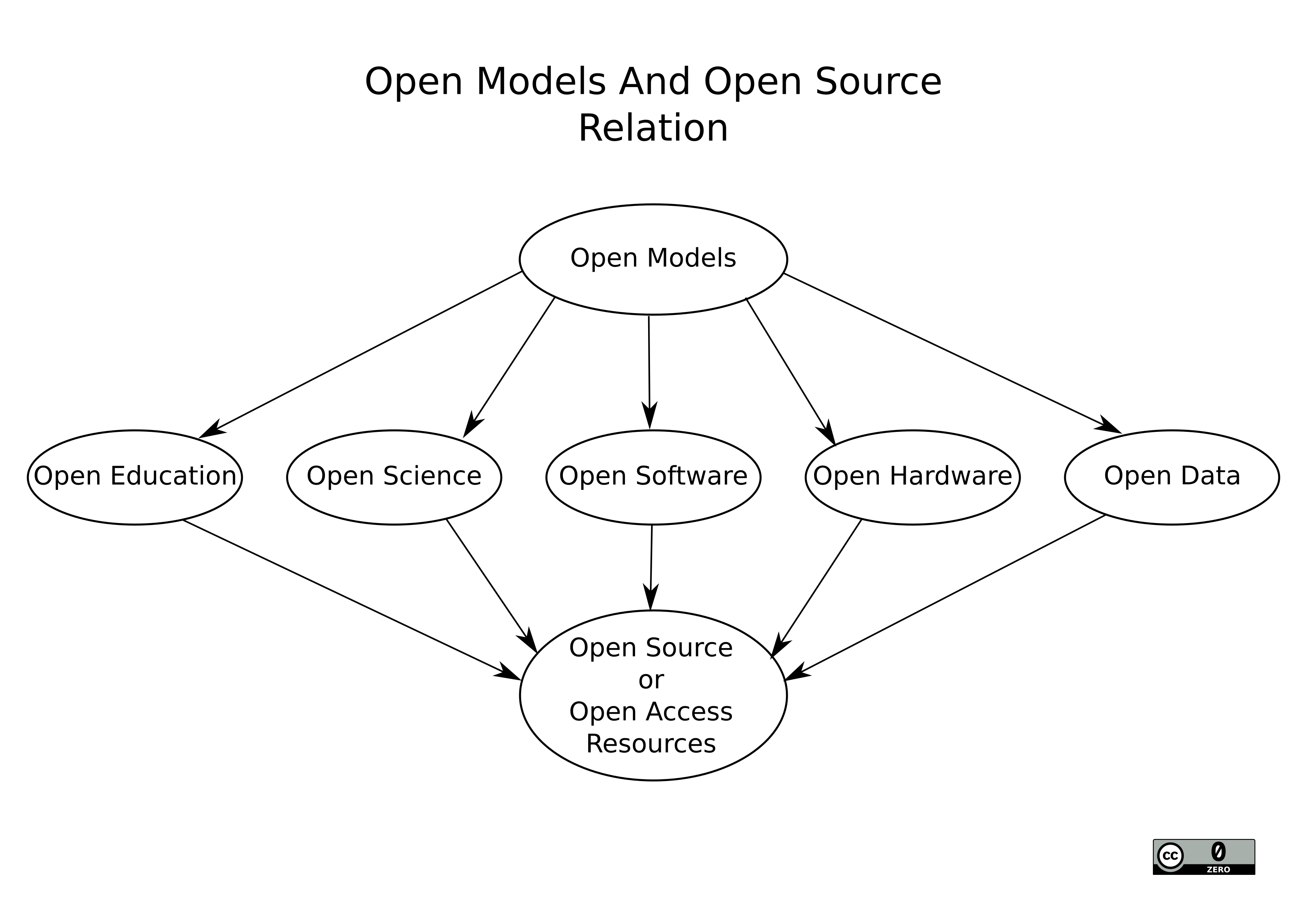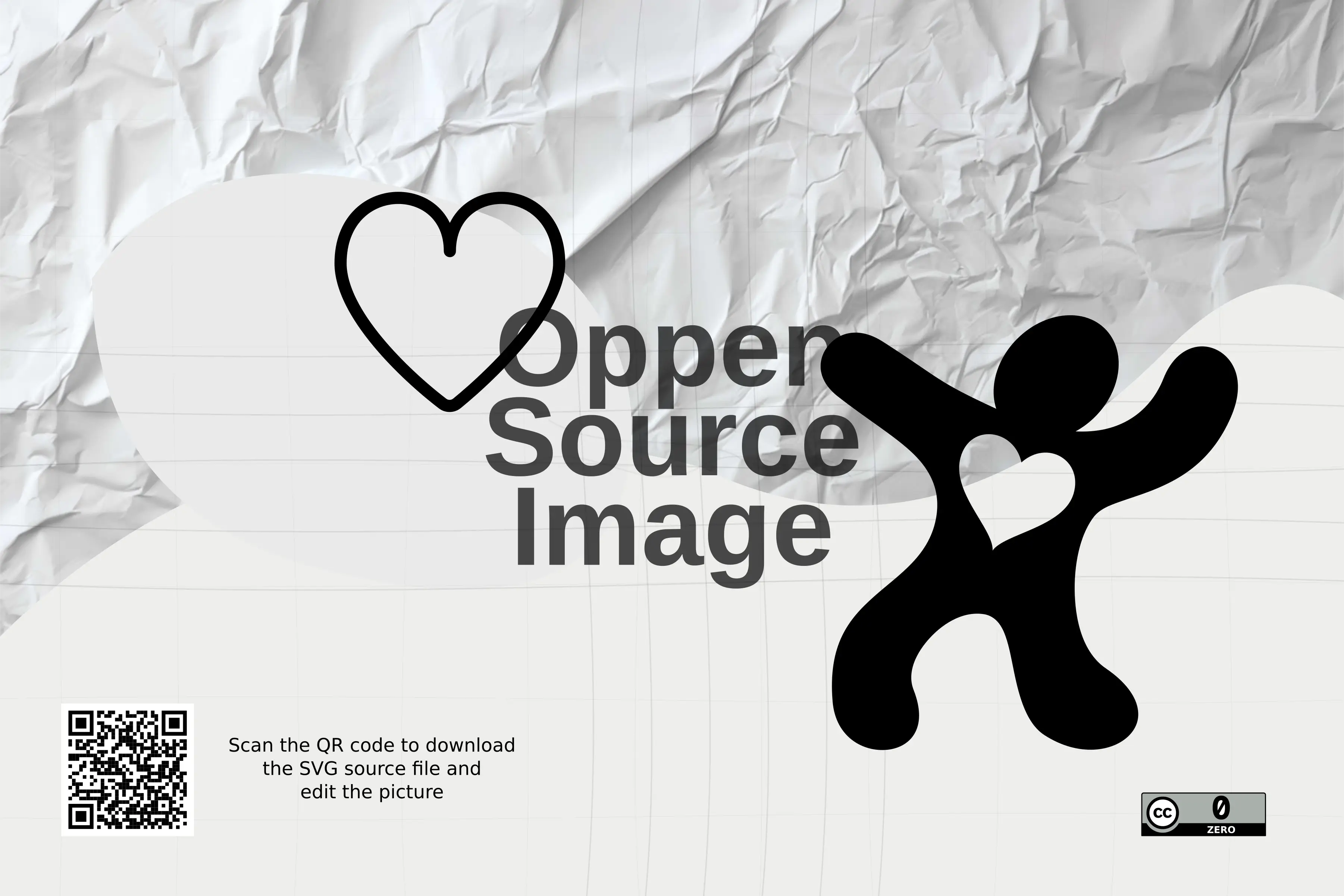Open Source (2.0)
Related to the Open Source 2.0 Initiative.
The meaning of « open source » remains unclear, the interpretation here differs from the conventional sense of the term to favor open source resources instead of open source software.
The Open Source Initiative and the Open Source Definition are introduced but not considered as relevant to explain open source.
An Open Source Definition
1. Practice of releasing publicly a digital resource with its source files (ex: open source resource, open source educational resource, open source software, open source image…).
2. (From OSINT) Information from a publicly available source.
Classic, Controversial (and Outdated?) Meaning
In popular usage, open source is associated with software for which the source code is made available.
In the mainstream interpretation, to be considered open source a software must use an open license that does not restrict any type of actor or usage. In this view, the legal framework must be compatible with the Open Source Definition (OSD) of the Open Source Initiative.
The Open Source Definition with its liberal approach is a source of conflict. Some will introduce limitations in their licenses (e.g. for economic or ethical reasons) and describe their software as open source while part of the community will reject this qualifier based on the OSD. Alternatively to the Open Source Initiative, the Organization for Ethical Source promote another vision of open source.
Within the software community there are various interpretations of « open source ».
From Open Source Software to Open Source Resources
With the emergence of other openness movements, the notion of open source seems to go beyond software. For various typologies of digital resources we will have both a final format and source files to edit them. Access to source files will be an essential aspect to fully enable the modification of open resources.
Basic example of open source resource: A pdf document under an open license shared with its odt/docx/latex source file.
Therefore, the notion of open source becomes transversal to all open models.
Open Source Educational Resources
With open education, resources are commonly called « Open Educational Resources » (OER). Alternatively, the notion of « Open Source Educational Resources » has been suggested to specify OERs that would provide their source files.
What do you mean by “open-source educational materials”?
“Open-source” implies that there are source files that are converted and rendered into a final learner-presentable form. Examples include Jupyter notebooks or plaintext/markup language documents like LaTeX, Markdown, ReStructuredText, AsciiDoc, and R Markdown.
About section of the Journal of Open Source Education
Examples of Open Source Educational Resources: This knowledge base as the website’s markdown files are provided on GitHub. Similarly, The Turing Way handbook (see debate around the question “Is the Turing Way Open Source ?”).
Open Source Article
In open science, it’s common to speak of open access articles to consider access to articles for documents generally in pdf format. An open source article will be about providing all the underlaying material used to produce the pdf (latex, markdown, docx, odt files…), taking into account other elements such as figures (see open source images).
Example: For any article on arXiv you can download both a pdf and its « tex source » such as with the article mentioned above entitled « Developing Open Source Educational Resources for Machine Learning and Data Science ».
Open Source Image
If you provide the source for the image so that I can modify it and it uses an OSI compliant license, then yes, I would say it’s an open source image.
What constitutes Open Source or not is very clear now for software, but for other artifacts, that might not be so clear.
A member of the Open Source Initiative in a private email.
Images and designs can be formed with a set of layers. The image formats usually used are compressed (e.g.: png/jpeg), aggregating these layers, but access to these original, decompressed source files will enable the images to be modified.
Examples of open source images: Photoshop uses psd files before exporting to jpeg/png/etc. The spelling mistake of the following image under CC0 will be hard to edit on the png format while the text can be easily modified using the svg format (with a tool like Inkscape).
Open Source Hardware
[Expand around blueprint in 3D pdf vs ifc/rvt]
Open Source Data
[Expand around dataset vs source of the dataset]
Open Source Music
[Expand around mp3 vs MIDI files]
Open Source Video
[Expand around MP4/AVI/… vs tools files (.kdenlive, .osp, .mlt, .blend)]

